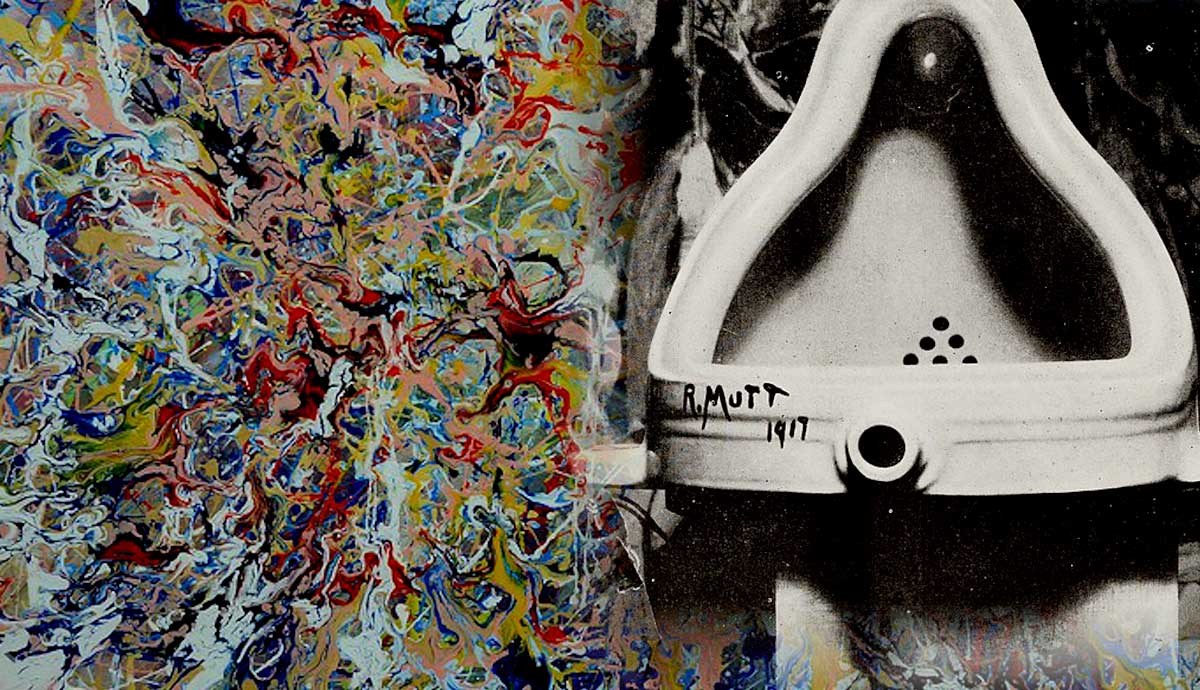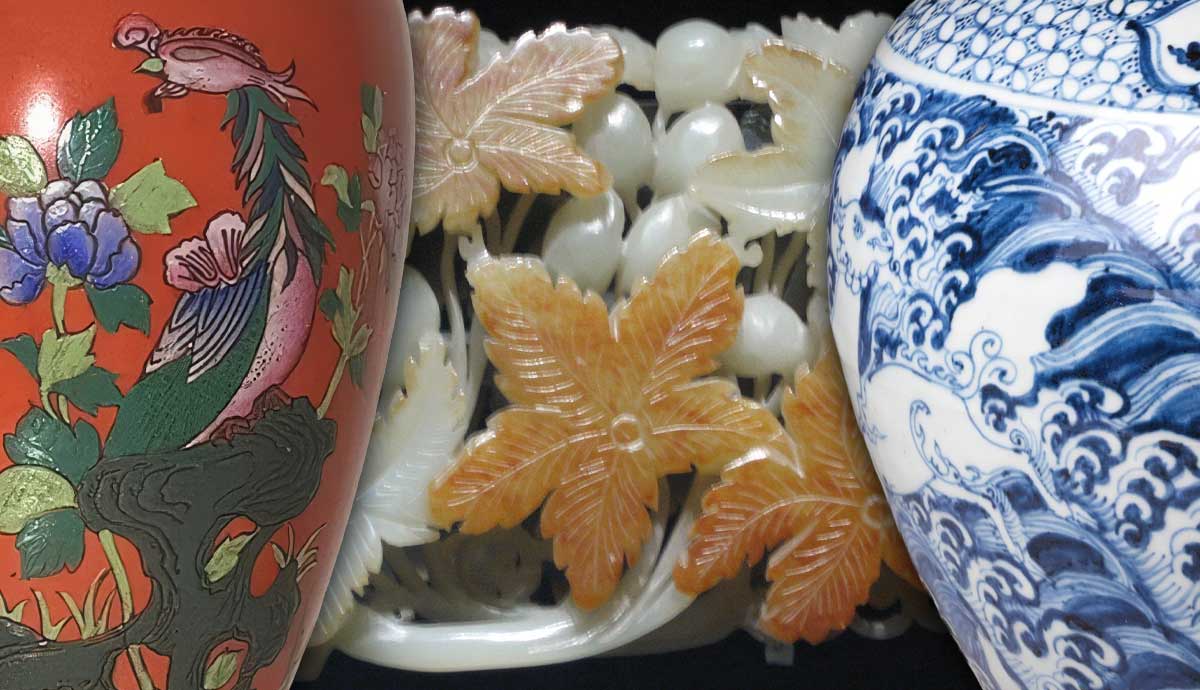
The art scene is a constantly evolving field of new ideas about how artistic thoughts can be communicated. In the history of art, many artists risked their reputations to challenge the minds of viewers. Contemporary artists have continued this trend by using shocking media or even making unsettling, disturbing content. Below are five contemporary artists who shocked the masses and disturbed curators with their artworks.
Richard Prince: Contemporary Artists and Appropriation

You might look at the works made by Richard Prince and ask yourself the following question: How much do you need to change about an image or artwork to avoid plagiarism? Prince works with appropriation. This means that artists will use pieces created by other artists and alter them in small ways. New Portraits is a series created by Prince that deals with the usage of photos he did not in fact take while displaying them as his own artworks. By using the Instagram profiles of celebrities and regular people, Prince aims to show his works as a commentary on vanity, copyright, and traditional portraiture. He also tampers with the comments below the photos in order to make the piece a unique work that differs from the original that can be easily found online.
Prince’s series obviously caused a backlash due to his seemingly blatant misuse of people’s photos. Imagine taking a screenshot of someone else’s photo and posting it to your own social media profile as yourself. That would surely cause some comments from angry users calling out your behavior. The same was true for Instagram users, who wondered if their content was safe from exploitation.
In addition, Instagram influencers wanted a piece of the money Prince made from using their images.
Prince has spent plenty of time pleading his case during his numerous appearances in court. However, Prince views his work as a way to create the perfect picture. Imagine hiring a portrait artist and choosing the best version of you that you want him or her to portray. This was in a way what Prince thought.
Disturbing Media: Chris Ofili

Chris Ofili is a contemporary artist who contributed to the Young British Artist Movement. Given that he had an exhibition called Sensation, one can infer that he aimed to cause a commotion with his artworks. The piece that received the most attention was his work called The Holy Virgin Mary. He seemingly mocked the religious and ethereal nature of works from, for example, the Byzantine era by creating a visually non-traditional female portrait. In addition to this, he also used clippings from pornography as a collage in order to construct the figure of the work, sexualizing the idea of the Virgin Mary. However, this was not the most shocking part of Ofili’s artwork.
Perhaps the most unsettling part of his Virgin Mary was the fact that he used elephant feces in the painting. In fact, Ofili leaned the artwork on two large balls of animal dung on the floor. Some viewers obviously thought that his intervention was disrespectful and that Ofili did not deserve any type of recognition for his work. They made their opinion known by literally smearing white paint across the work, attempting to destroy it.
On the other hand, some viewers saw and understood his vision. Ofili was exposing the presumed whiteness and sexualization of earlier works showing Madonna, attempting to modernize them. The use of African facial features exposes the fact that the previous Madonna works were exclusive in regard to their representation. Ofili exploited this idea and got lost in the process of creating the work with a variety of textures and patterns. If you do happen to go see this piece, make sure to cover your nose.
Damien Hirst: Animal Killer or Artist?

Another Young British Artist Damien Hirst has a knack for the interplay between art and science. Although Natural History was not his first strange series, it remains one of his most famous ones. This series features an array of real, dead animals. Hirst used taxidermied animals as artworks, suspending them in a container filled with formaldehyde. Taxidermy is not an unknown practice that includes the stuffing and preservation of dead animals. Nevertheless, suspending them in liquid and displaying them as a sculpture can be jarring to some.
Not only is it unsettling to see dead animals suspended in formaldehyde, but the ambiance and handling of the animals in the entire exhibition also create an eerie, disturbing feeling.
Some specimens are seen with their heads removed and placed in separate containers, while others are cut completely in half. As seen in the photo above, there is an unsettling message written on one of the tanks that appear to be set up as a butcher’s shop, leaving a bad taste in the mouth of those who look at it. This is not unlike Hirst’s other works. The artist has always been interested in exploring the boundaries between life and death. For example, Hirst worked with human skulls in order to further explore his views on death and the preservation of life.
Marcus Harvey: True Crime Lover

Another member of the Young British Artists, Marcus Harvey embodies the controversial nature of the group too. Like Ofili, Harvey was working on the Sensation exhibition organized by Charles Saatchi. His 1995 painting called Myra shook the nation. While true crime lovers may be able to relate to Harvey’s display of a notorious British child murderer, the general public did not feel the same way. Myra Hindley and her boyfriend raped and killed Edward Evans, Lesley Ann Downey, John Kilbride, Pauline Reade, and Keith Bennet. Edward Evans was the oldest at seventeen and Lesley Ann Downey was the youngest at only ten years old.
Therefore, it is not surprising that the people of Britain became highly disturbed by Harvey’s choice to sensationalize the life and heinous crimes of a killer, even having the nerve to include children’s handprints as part of the piece. From the public’s perspective, Harvey was giving attention to someone undeserving of it. From Harvey’s perspective, he was expressing the national and historical anxiety that British people faced every day.
Andres Serrano: Contemporary Artists and Blasphemy

When talking about deliberate blasphemy of religion, the name Andres Serrano will most likely be the first name that comes out of the mouths of experts. Seen as a photographer with a lot of nerve, Serrano is best known for his photo called Piss Christ. For the creation of this piece, the artist put a plastic crucifix in a container of his own urine and took a picture of it. It is safe to say that people were not thrilled about the piece. As the history of art is littered with religious underpinnings, putting a figurine of Jesus into a container of pee could not come without backlash. In fact, a group of vandals destroyed the work in 2011. As icing on the cake, the National Endowment for the Arts took issue with his stunt.
However, as there is always another side to every story, Serrano had a different perspective. He wanted to express his experience with his Catholic upbringing and show the hypocrisy within the Church. Making references back to the Art for Art’s Sake movement, Andres Serrano accomplished the same thing as like-minded artists from the past: he annoyed the people that decided whether art was reputable. He explored and created a juxtaposition between what was considered sacred and what was considered vulgar. His later works have, however, received more positive reactions.










